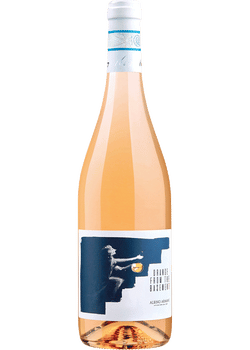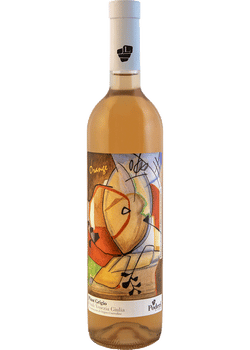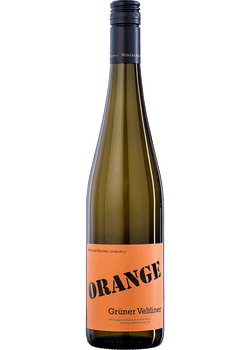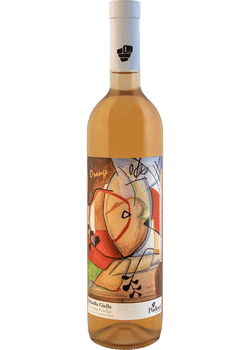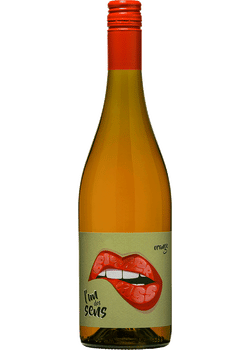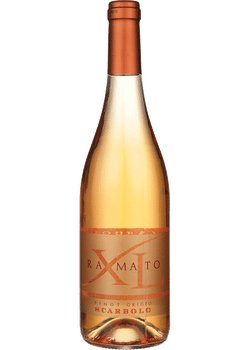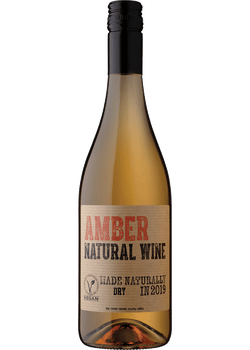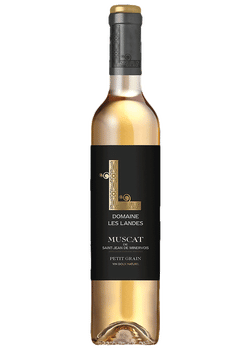Orange wines are an ancient style of skin-fermented wines that are enjoying a renaissance. Orange wine can be made from any white wine grape. Leaving the skins with the juice during fermentation creates wines with golden and rusty hues, plus aged fruit, nutty, and toasty flavors that you don’t often find in white wines.
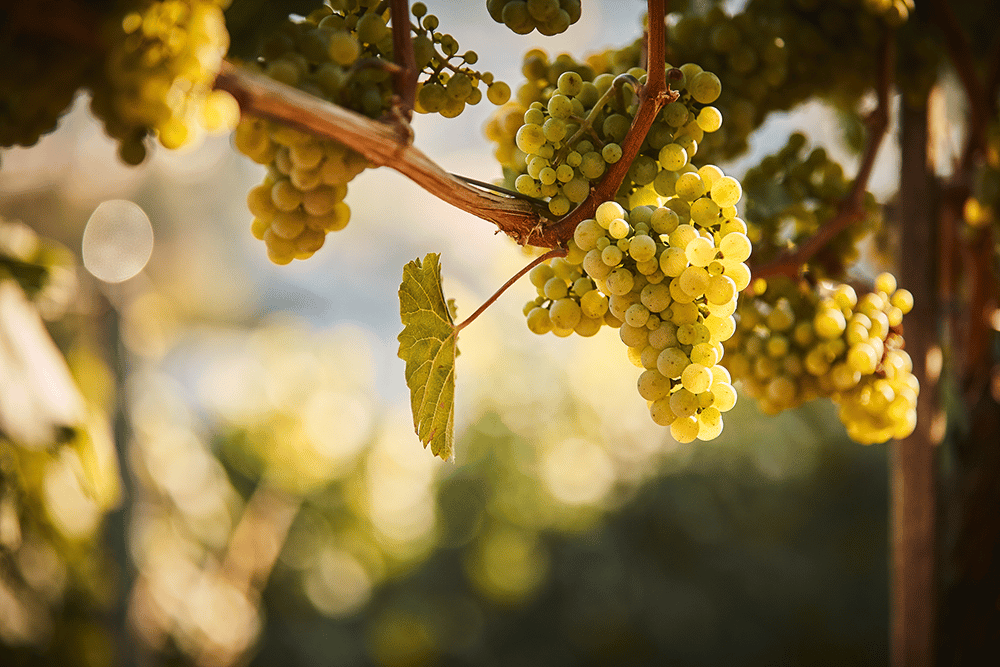
3 facts to know about orange wine
- Wine historians believe the first orange wines were sipped in Eastern Europe’s Georgia around 6,000 BC.
- No actual oranges were harmed in the making of orange wine—the name refers to the color only.
- On some wine lists, orange wines are called amber wines or skin-fermented wines.
Color

Tasting profile
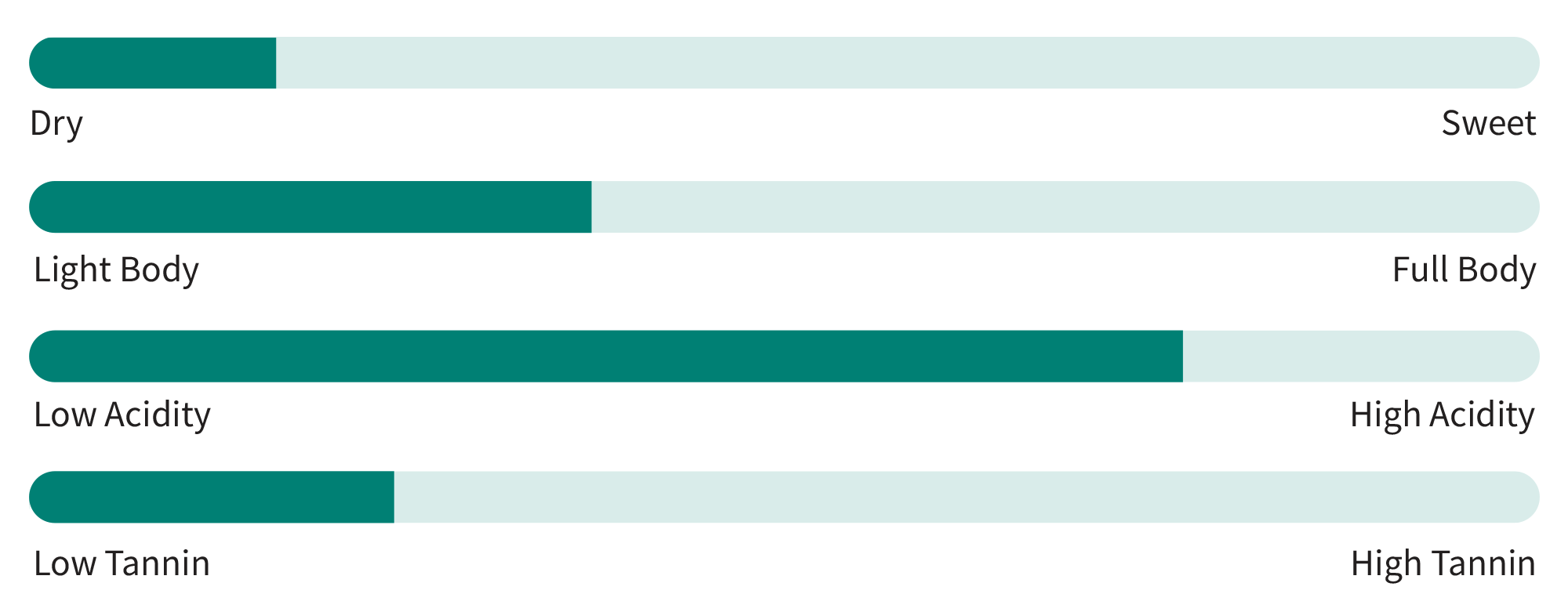
Orange wines are made from white wine grapes, but other than that, they have their own individual styles. Depending on the grape, orange wines can be pale gold to copper to Orange-Crush orange. Most are dry with a medium body since there’s no sugar left in the wine. Most orange wines have moderate acidity, though some natural wines taste sharper. Skin contact gives orange wines more tannin than white wines.
Primary orange wine flavors
![]()
Orange wines are full of personality and a range of fruit, nut, and grain aromas. Depending on the grape, these wines can offer apricot, peach, pineapple, yellow pear, and orange zest along with toasty hazelnut, almond, barley, and wheat, plus warm spices like nutmeg or cinnamon. When natural orange wines are fermented with native yeasts hanging out in the winery, they have a character like a fruity or herbal beer.
How is orange wine made?
When they’re making white wines from Chardonnay or Pinot Grigio, winemakers crush the grapes, discard the skins, and ferment the juice. But with orange or amber wines, the juice and skins are fermented together along with yeast. During that process, the skins infuse the juice with autumnal colors, as well as tannin and flavor.
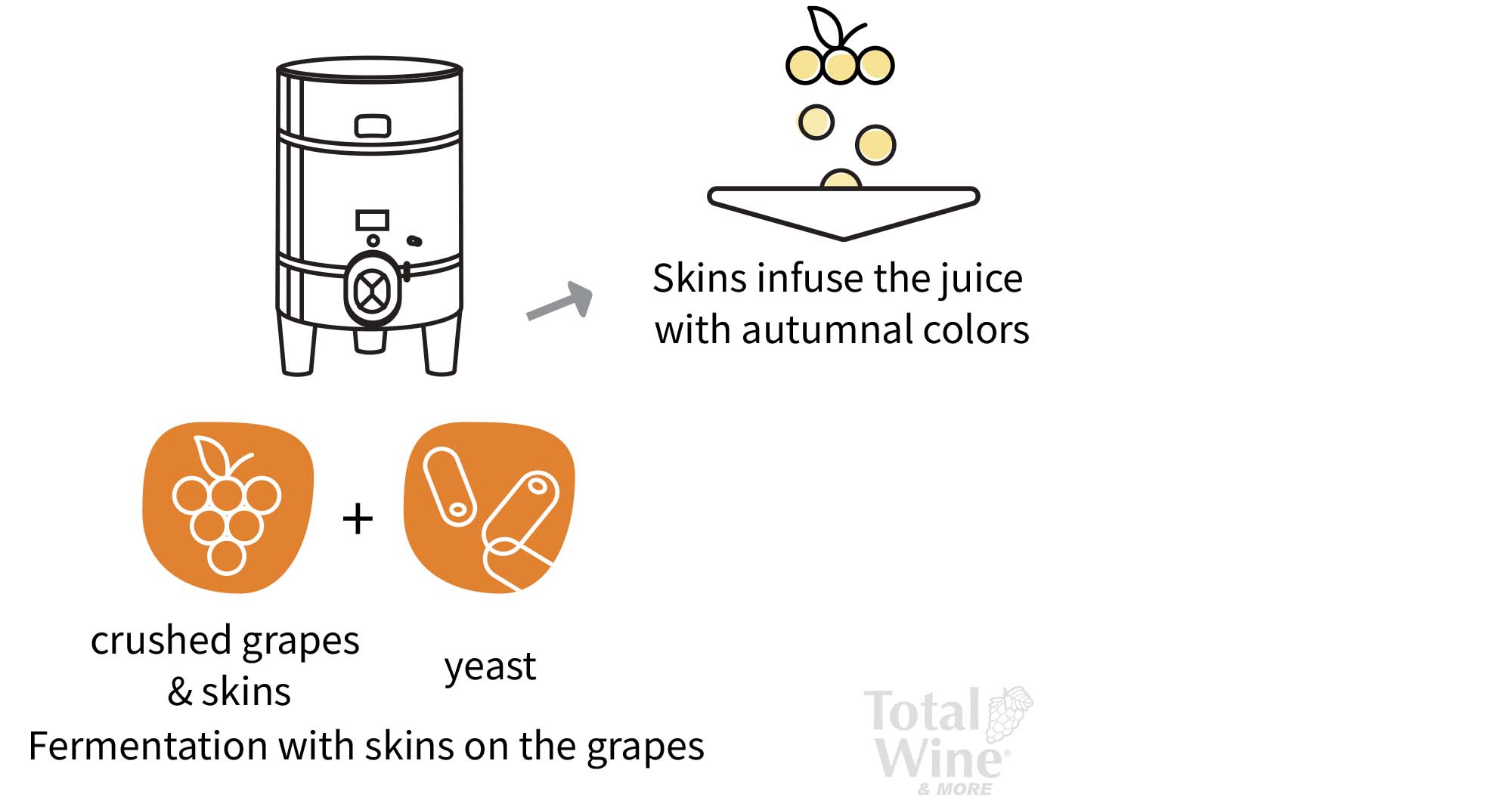
Key orange wine regions
White wine grapes grow all over the world, so orange wines can pop up anywhere. But these skin-fermented white wines are especially beloved in Eastern Europe, Italy, and California.
Eastern Europe
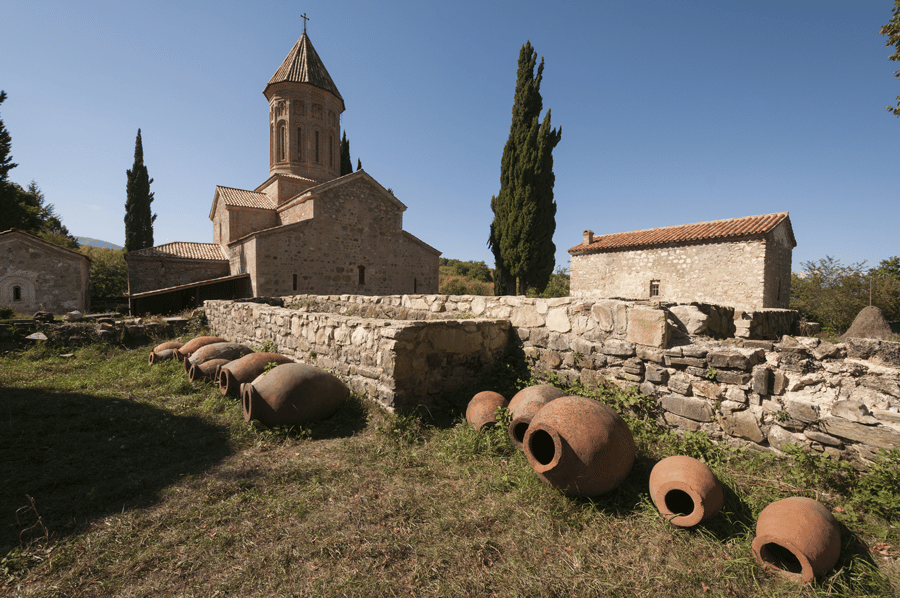
The Republic of Georgia is the birthplace of orange wine, though they call it amber wine. Local grapes like Kisi, Rkatsiteli, and Krakhuna are used to make amber wines, which are long-fermented in clay vessels that are buried underground for months. Nearby, orange wines are often made in Romania and Croatia.
Italy
Orange wines have a long history in Italy, where they’re often labeled “ramato” which means auburn. In Friuli, Ribolla Gialla (which has yellow in the name) makes nutty, vivid orange wines that become brighter orange with age. The current favorite is Pinot Grigio, which has a blush pink skin that makes rose-gold wines.
California
Young winemakers eager to experiment have made the Golden State a hub for orange wine production. Look to biodynamic and natural winemakers in Mendocino, Sonoma, and Napa for skin-fermented wines made from Pinot Gris, Sauvignon Blanc, and Chardonnay. There’s even a winery in Paso Robles making orange wine from Zinfandel.
Other regions
We’ve spotted some interesting orange wines made in Canada, Greece, and Australia. Making orange wines is a fun challenge for winemakers worldwide, so don’t be surprised to see more on the market.
What are the best orange wines to try?
You’ll find orange wines in traditional regions as well as unexpected places. Here are some excellent orange wines to check out (availability will vary by store):
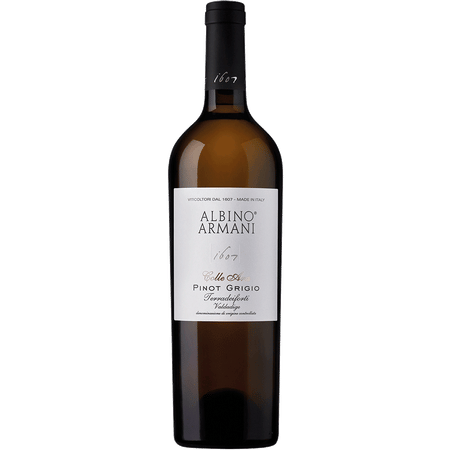
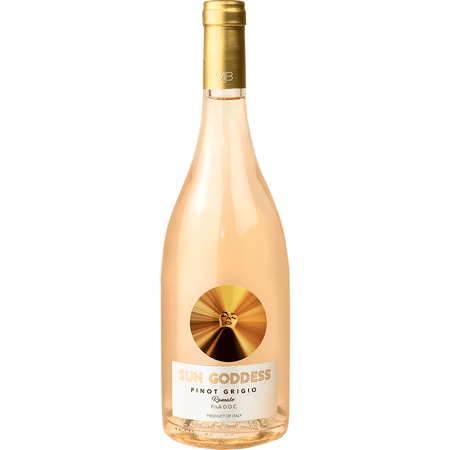
Sun Goddess Pinot Grigio Ramato Orange Wine by Mary J Blige, 2021
4.5 out of 5 stars

Yetti and the Kokonut Mt Savagnin Orange Wine
Orange wine food pairings

Food pairing is easy with orange wine since they have bright notes as well as tannins and depth to marry with richly flavored foods. Try orange wine with anything you might pair with a Rośe: shellfish, ham, fried chicken, and salmon. Amber wines shine with hummus, roasted carrots, caramelized fennel, and nutty grains like farro and buckwheat. They’re also delicious with complex spices in Ethiopian, Indian, and Moroccan dishes. Even hard-to-pair cheeses like feta, Pecorino, and aged Gouda meet their match in orange wine.
How to store, serve, & enjoy orange wine
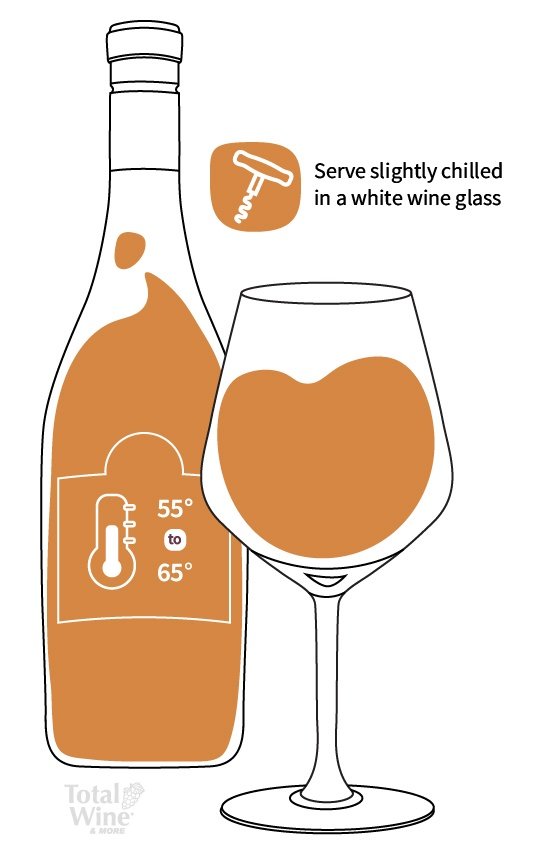
Just like Rosé and white wines, orange wines are served slightly chilled in a white wine glass. Aim for a serving temperature of 55 to 65 degrees Fahrenheit. This temperature will let you appreciate your orange wine’s aromas and texture. Store orange wines in a cool, dark place away from vibration and movement.
If you’re curious about white wines around the world, look up our guides on Pinot Grigio, Sauvignon Blanc, and Chardonnay.

